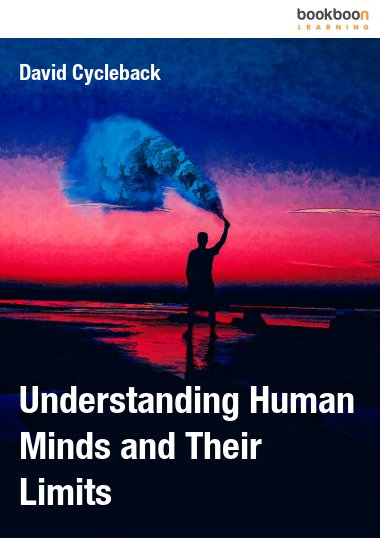This book is an introduction to how minds work, including how they make judgments and perceptions, and processes sensory information. It looks at the physiological and psychological methods humans use to function and survive as a species, but that put limits on their knowledge and understanding of the universe, their immediate environment and themselves. Topics include information processing, cognitive biases, visual and audio illusions, perception and misperception of moving and still objects, art perception, limits of symbolic language, and social and evolutionary psychology.
About the author
David Cycleback is Director of Center for Artifact Studies ( centerforartifactstudies.org ), an internationally known scholar working in cognitive science, philosophy and artifacts history, and a best-selling author. He was runner-up for the International Book Award for Philosophy for
Noise Music: Cognitive Psychology, Aesthetics and Epistemology and a four-time Eric Hoffer Award Finalist. In their second printing by China's National Photographic Art Publishing House, his guides
Judging the Authenticity of Prints by the Masters and
Judging the Authenticity of Photographs were the first comprehensive books on the subjects published in Asia, and
Art Perception is one of four books students are recommended to study in preparation for India's Common Entrance Exam for Design (CEED) for postgraduate studies in technical design. He has been a practicum coordinator for the University of Washington, and an authenticity researcher for Arizona State University's Society for American Baseball Research. His other books include
Cognitive Science of Religion and Belief Systems,
Understanding Human Minds and Their Limits,
Limits of Science,
Philosophy of Artificial Intelligence, and
Authenticating Art and Artifacts: An Introduction to Methods and Issues.


